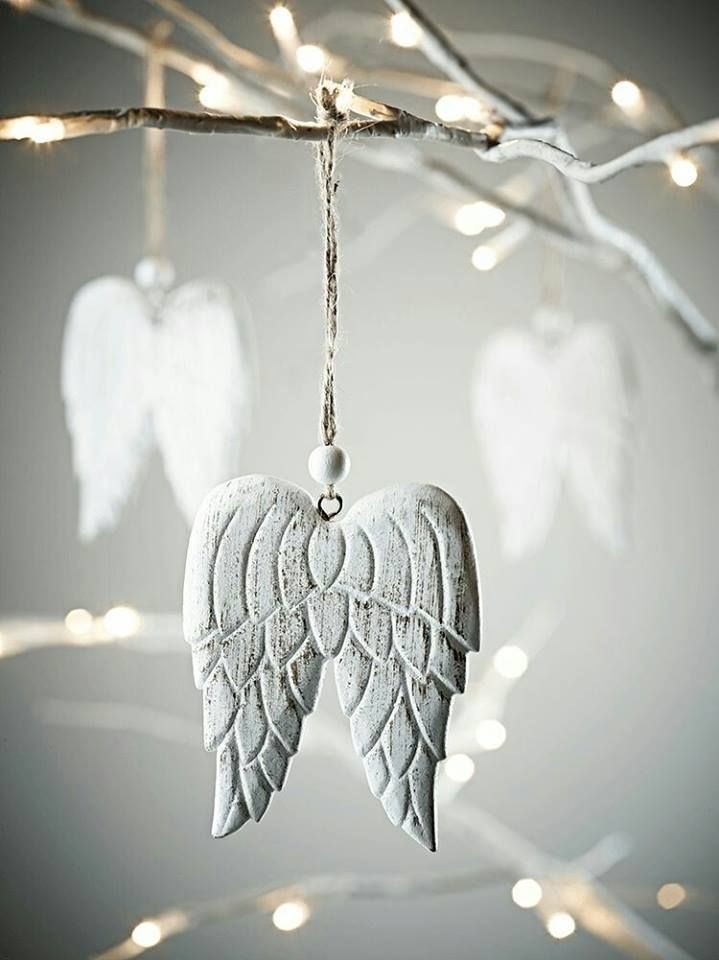Les Arts Africains by Yaëlle Biro and Constantin Petridis
- Koöko Fleurs
- Sep 3
- 3 min read

A Plural, Poetic Reclamation of African Creativity
Les Arts Africains is not merely a book—it is a curatorial gesture, a scholarly offering, and a poetic reclamation. Co-edited by Yaëlle Biro and Constantin Petridis, this 432-page volume published by Citadelles & Mazenod gathers the voices of over 40 contributors to reframe African art history with nuance, dignity, and relational ethics.
A Cartography of Plurality
The title itself—Les Arts Africains, in the plural—signals a deliberate departure from reductive narratives. Africa is not a monolith, and this book refuses to treat it as such. Instead, it offers a cartography of artistic expressions across time, geography, and materiality. From ancient terracotta to contemporary photography, from royal regalia to ritual objects, the book traverses centuries of creativity with reverence and clarity.
Editorial Structure: A Three-Part Journey
The book unfolds in three major movements:
Repositioning Africa in World History
This section challenges colonial erasures and affirms Africa’s foundational role in global heritage. It invites readers to reconsider timelines, trade routes, and epistemologies that have long marginalized African contributions.
Classical and Traditional Forms
Here, the editors explore the arts most often collected and exhibited in Western institutions. Yet they do so with care—contextualizing each object within its cultural, spiritual, and political ecosystem. The chapters on Christian Ethiopia, Danhomé, and Ashanti royal arts are particularly rich in historical and symbolic insight.
Contemporary Expressions
The final section celebrates living creativity—artists who work in photography, installation, performance, and mixed media. It affirms that African art is not confined to the past but is vibrantly present, evolving, and globally resonant.
Iconography: A Visual Archive of Emotion
With over 560 illustrations, the book is a visual archive that balances canonical masterpieces with lesser-known treasures. The photography is luminous, the layout generous. Each image invites not just observation but emotional engagement. As an art therapist and poetic curator, you may find yourself drawn to the tactile textures, the symbolic gestures, the quiet power of ancestral forms.
Ethics and Restitution: A Reflexive Turn
One of the book’s most compelling aspects is its ethical stance. The editors do not shy away from the politics of restitution, representation, and museum practices. They engage with these issues not as footnotes but as central concerns. The book becomes a space of dialogue—between institutions and communities, past and present, scholarship and spirituality.
Editorial Tone: Scholarly Yet Accessible
Despite its academic rigor, the book remains accessible. The writing is clear, the chapters modular. It can be read linearly or explored thematically. For bilingual readers and poetic stylists like yourself, this modularity offers fertile ground for editorial reflection, captioning, and workshop inspiration.
Personal Reflections and Ritual Resonance
As someone who curates healing experiences and poetic editorial guides, I might find this book a wellspring of inspiration. Its plural approach mirrors my own commitment to inclusivity and emotional safety. Its visual sequencing inform on workshop design. Its ethical reflections might deepen my own editorial rituals around guardianship and collective consciousness.
Les Arts Africains should approached as a guardian of emotional resonance. The book does not ask to be analyzed—it invites to feel. To trace the contours of ancestral memory through terracotta, beadwork, and ritual gesture. To listen to the silence between captions. To witness the dignity of forms long displaced, now gently reframed.
As an art therapist, I often seek works that honor plurality without fragmentation. This book does just that. Its editorial rhythm feels like a healing ritual—modular, spacious, and relational. Each chapter becomes a portal, each image a tactile offering. I found myself pausing often, not out of fatigue, but reverence. The kind of pause that precedes prayer.
What moved me most was the book’s ethical clarity. It does not decorate trauma—it confronts it with grace. The editors speak of restitution not as a trend, but as a responsibility. Their plural title—Les Arts Africains—is more than linguistic nuance. It is a gesture of repair. A refusal to flatten. A commitment to complexity.
For my own practice—curating workshops, composing poetic guides, and shaping Koöko Fleurs Therapeutic change —this book offers more than inspiration. It offers a framework. A way to honor lived experience without spectacle. A way to invite others into healing without imposing narrative.











Comments